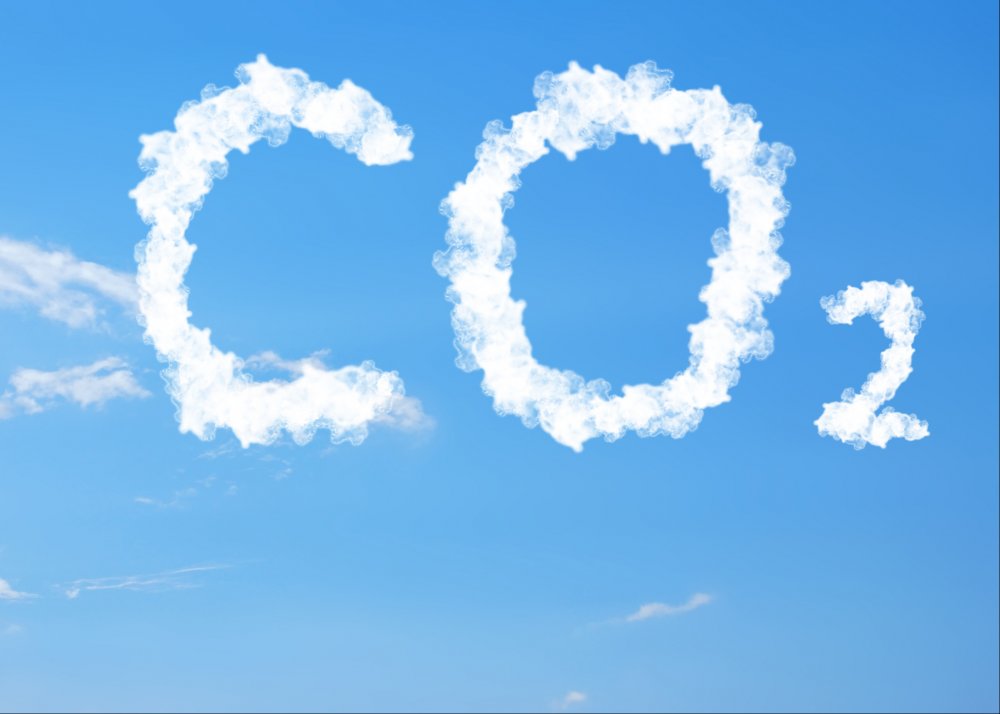
The shipping industry’s CO2 footprint is projected to grow despite efficiency gains, according to analysis company Marine Benchmark.
An ageing fleet of ships and historically low levels of newbuild activity present significant challenges to the International Maritime Organization’s (IMO) goal of reducing overall CO2 emissions from the shipping industry.
The latest analysis of CO2 emissions based on vessel tracking data (AIS), vessel specification data and the vessel order book by Swedish big-data firm Marine Benchmark shows that CO2 emissions will continue to rise and track fleet growth. This is because most of the efficiency gains possible by the shipping industry to drive down its carbon footprint over the past decade have already been made; the proportion of eco-ship newbuildings entering the global fleet are projected to drop to historic lows; and the use of LNG as a transitory fuel remains relatively small.
According to Alastair Stevenson, Head of Digital Analysis at Marine Benchmark, the current lack of investment in modern tonnage and a potential economic rebound implies lower ship scrapping activity over the next couple of years.
“We’re going to see older and older vessels on the water and the impact of the marginal gains already made from running ships more efficiently have already been felt. To bring down absolute emissions without impacting global trade, scalable low carbon fuels and new ships and engines to run them are needed. However, many shipping investors are sitting on their hands waiting for technological breakthroughs and regulatory certainty. The implications are that the shipping industry cannot deliver an absolute reduction in CO2 emissions by 2030.”
Although the shipping industry has reduced its carbon intensity by more than 30% since 2008, overall CO2 emissions from the sector have risen by an average annual rate of 2.1% to reach 800mt in 2019. The current pandemic has weakened this growth to 1.7% as emissions in the first nine months of 2020 have fallen by approximately 2% from 2019 levels. This is despite slower steaming speeds, the increased economies of scale of larger vessels, eco-vessel designs and the use of LNG as a fuel.
82% of international emissions from shipping are produced by tankers, bulkers and container vessels. Between 2011 and 2019, these emissions grew at 3%pa, 2%pa and 0%pa, respectively. Over the same period, capacity increased 4% pa in each of these sectors.

